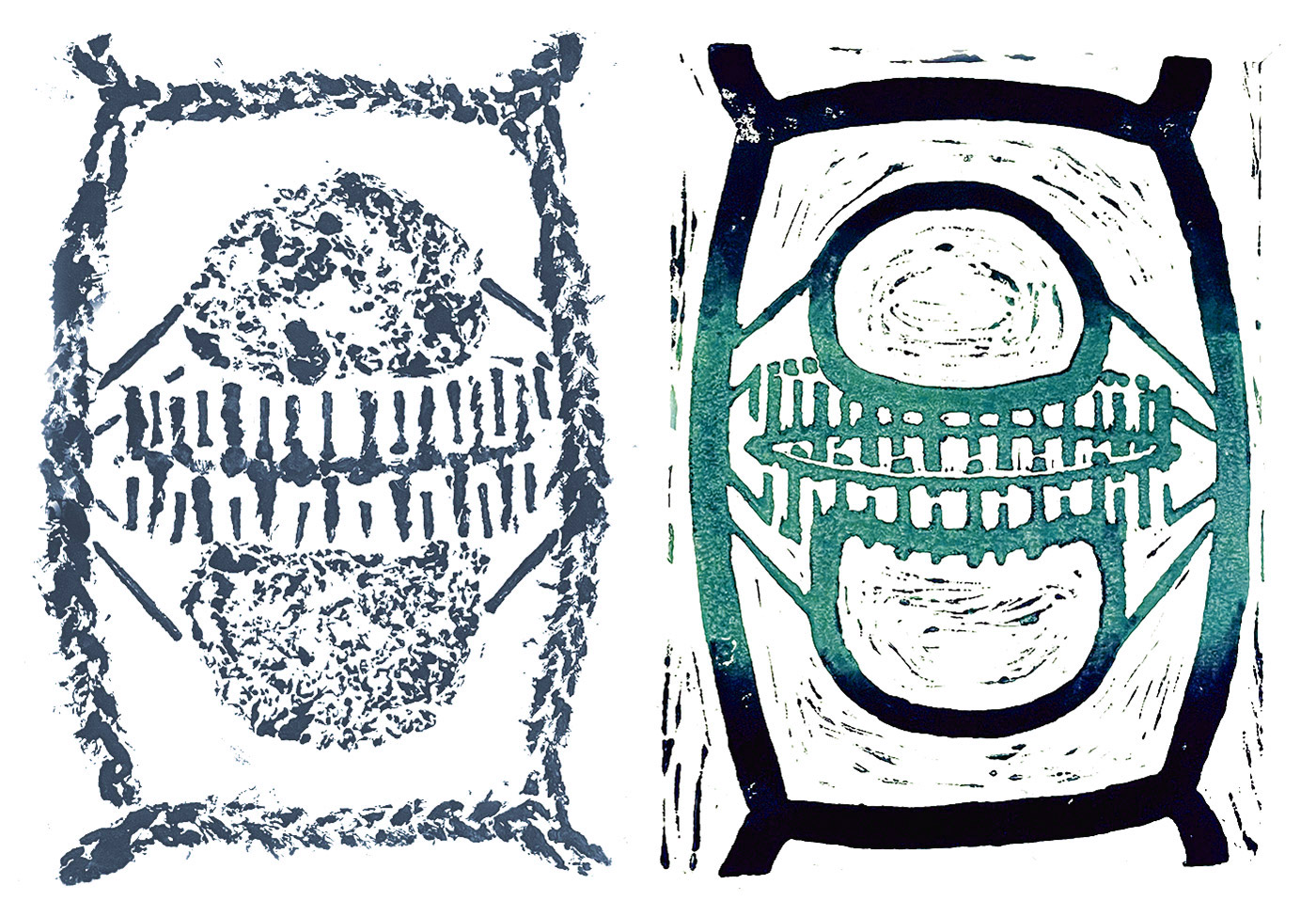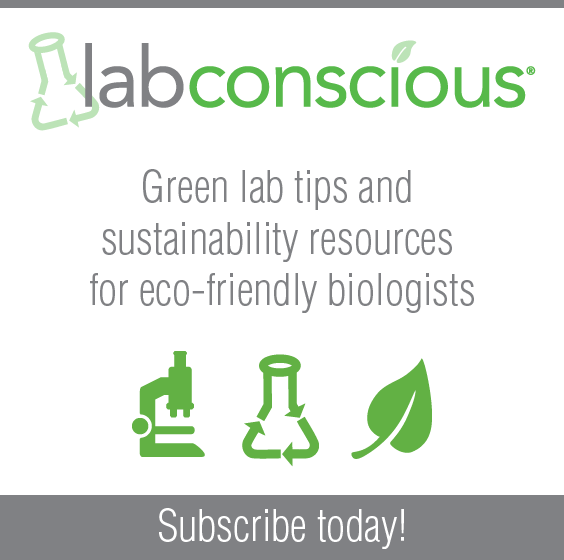
Merging art & science – an alternative science career
Posted on Thursday, April 7, 2022
By
Topic: Art and science, Career advice
Tasha José has been a Scientific Illustrator in the Marketing Communications Department at New England Biolabs® for the past ten years. In her role, she combines two of her great loves – science and art. Even though these two disciplines are typically taught separately with little encouragement to see the art in science or the science in art, Tasha, having a natural talent for both as a student, decided to combine them into one exciting career.
I sat down with Tasha to learn more about her exciting career path.
Can you describe what a Scientific Illustrator does?
I love when people ask me that question because, technically, the definition is in the job title itself. As a generalization, we “draw scientific stuff”. But that description is rather simplistic and somewhat undermines our knowledge and training.At a deeper level, a Scientific Illustrator is a professional artist who has training in art, such as figure drawing, graphic design and computer graphics, but also a comprehensive scientific/medical background in cellular & molecular biology, anatomy & physiology and pathophysiology. My own training even included gross anatomy – the classic pre-medical training known for the dissection of a human cadaver, and I found it fascinating. And now I can say that I’ve held a human brain!
Medical/Scientific Illustrators also have specialized, interdisciplinary training, such as drawing in live surgeries and classes specifically geared toward teaching audiences through art figures. Although I did not “scrub in” for a surgical procedure, I did get to observe and sketch right over the surgical field! My scribbles were hard to discern afterward, but the experience was memorable.
What was your primary interest during your school years, art or science?
I liked art best…no, definitely it was science…or was it art?! All jokes aside, I clearly had an affinity toward both. I just never knew that I could choose both until I was older.I liked to draw, ever since I was little. As I went through school and learned “how” to do it, I was even more thrilled. I absolutely loved the creativity of my art electives, especially printmaking. I was enamored by carved linoleum prints and making collagraphs (prints using found objects).
But, then I would leave art class and head over to the science lab, and I was equally elated. I found the organ systems captivating. I still remember the awe I felt as a third-grade student, the first time we learned about the human body. Over time as I encountered more advanced concepts in cellular and molecular biology classes (you know, like glycolysis!), I was floored by how complex the natural world can be, in a good way.

Collagraph and linoleum prints by Tasha José illustrating the cytoskeleton’s involvement in cytokinesis in plant cells
Briefly describe your career path to end up here at NEB?
Part of what fascinates me about my profession is that many of us have ended up in our roles by taking various career paths due to our complicated interests in both art and science.I had a straightforward path because I had heard about the career from a high school art teacher/mentor and had thought, “Yes, that is the career for me!”. I majored in biology, combined with an art minor, and immediately enrolled in an interdisciplinary Master’s degree in biomedical visualization. Speaking of biomedical visualization, I love this term because it takes into account the technical evolution of our field and does not peg us as people who just draw.
Other medical/scientific illustrators have taken a more windy road. For instance, my husband jumped the art and science tracks a couple of times: he had a degree in biochemistry, had planned on becoming a dentist, but he then went to fine art school and eventually combined the disciplines.
Science and art are typically taught as separate disciplines. How do you think they could be taught to increase the overlap? What do you think some of the benefits would be?
Producing an art figure is similar to doing science. Think about the scientific method; you ask a question, form a hypothesis, and do an experiment that generates a result. An art figure is no different. The question that we are answering is “what is the primary goal of this piece, and how can I best teach this through visuals and words?” Much the same way a good science experiment evolves, an art figure is developed through rounds of review and iteration. The resulting art figure can, and should, be analyzed for its success, just like the results of an experiment.
The best way to increase the overlap of the two fields is to not think of them as separate entities. Why can’t students draw in their lab notebooks in science class to help explain their results? And shouldn’t artists think like scientists to be successful in their artwork? Most definitely, yes! Good composition and layout involve alignment, measurement (even if not literal), and constant analysis.
The ultimate benefit of not alienating art from science, or science from art, is that we aren’t stereotyping and limiting career paths. I was an outlier for choosing both advanced science courses and labs while simultaneously enjoying the creativity of drawing still life. Students who thrive in art classes shouldn’t assume that they will be “starving artists” if they want art as a career. And this is just one example of an artistic career that is successful and fulfilling.
What are the primary skills you need in this role?
The skills required to be a Scientific Illustrator fall into both buckets. From the art side, Scientific Illustrators need to be proficient in not only the traditional arts, such as drawing but also have proficiency in graphic software, such as Adobe Photoshop® and Illustrator®. Those who specialize in animation also have knowledge of an even more complex suite of programs. From the science side, a Scientific Illustrator should have a comprehensive background in the core sciences, such as a pre-medical background. This foundation is then augmented by changes in technology in both fields, and it is vital that scientific illustrators stay up to date on both types of advancements.What do you enjoy most about being a Scientific Illustrator?
To me, the great part of being a Scientific Illustrator is 2-fold.First of all, we have to stay on top of advancements in both science and art, so we are always learning about scientific breakthroughs and new medical treatments and are also privy to developments in software and technologies. For instance, I have followed many changes in medical treatments and mechanisms of action of the drugs used to treat disease. I remember when CRISPR was “the next big thing”. And from the art side, I have even seen changes throughout my career. Scientific illustration is not just the typical Leonardo da Vinci figure drawing on parchment; now, we are developing ways to use virtual reality (VR) and augmented reality (AR) to enhance learning for our audiences. Our field is constantly changing, and we have to keep up.
The other part that I enjoy is that we interact with a wide variety of people and tools. Our scientific background allows us to assimilate with researchers/scientists. We can speak their language. We aren’t afraid of scientific terminology. We can ask vital technical questions. We can also act as a liaison between scientists and other graphic artists. Our right-brained side loves to talk about color palettes, composition, and typography, too!
On top of all that, software and technology tools are constantly evolving, so we become adept at communicating with software developers. I have been known to discuss methylcytosine, Helvetica® Condensed and the app’s API, all in a day’s work!
Why is it essential to be able to represent scientific concepts visually?
Of course, it is cliché for a reason, but a picture is worth a thousand words. And, yes, I realize that this is a blog, the foundation of which is the written word! But instructional images can certainly help enhance words and descriptions, especially for visual learners.
Scientific Illustrators are specifically trained to teach with our scientific figures, so we strategically build our graphics to best instruct the audience. Whether we are augmenting a data figure with specific labels and callouts, developing a stylistic infographic, or animating a complex scientific process, our ultimate goal is always to reach the audience and teach them. I personally learn best through visuals, so I act as my own audience to help me improve the execution of my own work.
To learn more about a career as a Scientific or Medical Illustrator, visit the Association of Medical Illustrators website.
NEB will not rent, sell or otherwise transfer your data to a third party for monetary consideration. See our Privacy Policy for details. View our Community Guidelines.
Don’t miss out on our latest NEBinspired blog releases!
- Sign up to receive our e-newsletter
- Download your favorite feed reader and subscribe to our RSS feed
Be a part of NEBinspired! Submit your idea to have it featured in our blog.



